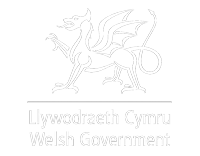It is hugely difficult to budget in any farming sector with such large and sudden changes in prices and costs. However, we have produced some updated figures for our Friesian Farm model ahead of the Dairy Tech show on the 7th April. And with such significant rises in costs we have also revisited our Loam Farm model budget. The figures are summarised in the tables below.
For Friesian Farm, it can be seen that the 2021/22 year just ending was profitable for the farm as milk prices increased and costs, whilst rising, had not yet hit current levels. The upcoming 2022/23 year shows the massive increase in the cost of production. Although the budgeted milk price is also moving up strongly, it results in a margin from production only just above break-even levels and the worst for a few years.
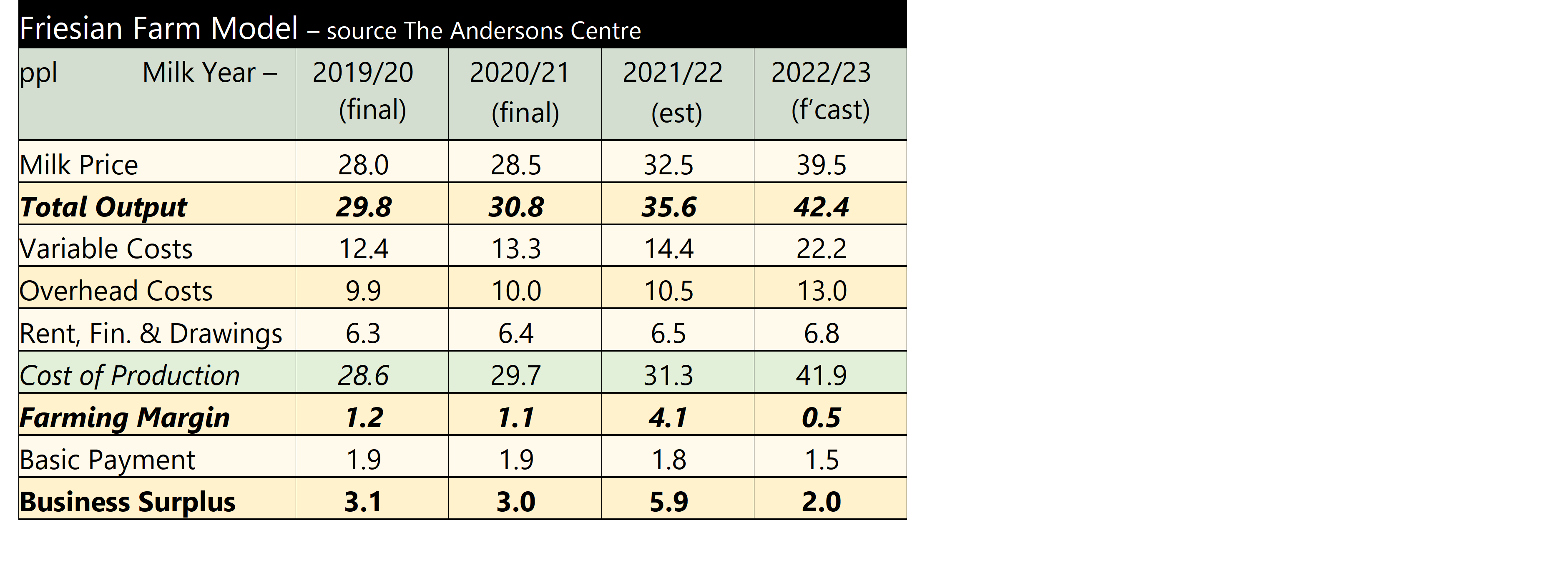
Friesian Farm is a notional 210 cow business. It has been used to track the fortunes of British dairy farming for well over a decade. It has a year-round calving system, like most of the UK industry, but it is trying to maximise yield from forage. The farm comprises 130 hectares (of which 60 hectares are rented on an FBT). The proprietor provides labour along with one full time worker (plus casual/relief). The table above shows the farm’s actual results for the two previous milk years (April to March), an estimate for the current 2021/22 year then a forecast for 2022/23.
The situation is similar for Loam Farm. The table below shows the results for harvest years 2020 and 2021, a provisional figure for 2022 and a forecast for 2023. For harvest 2022 fertiliser was purchased the previous summer, i.e. before the recent price hikes and therefore shows spectacular profits for the year. For harvest 2023, the significant increase in variable costs can clearly be seen, together with fuel costs in the overheads. Meaning the margin from production is negative. The fall in BPS is mitigated by involvement in the Sustainable Farming Incentive (SFI).

Loam Farm is a notional 600 hectare business that has been used since 1991 to track the fortunes of British combinable cropping farms. It is partly owned and partly rented and is based on real-life data. It has 1 full-time worker and a harvest casual labourer.



